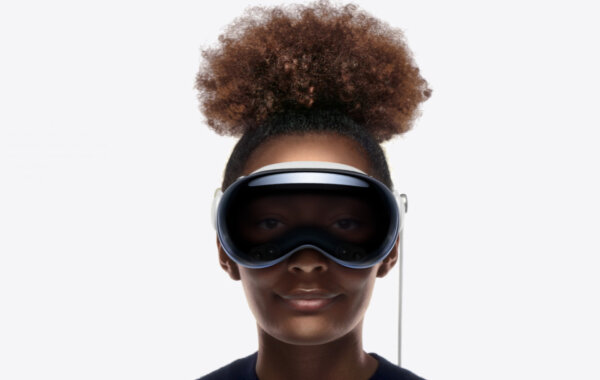Even though Apple's diving goggles mixed reality headset Vision Pro will not be officially available for purchase until next year, a few developer models are already circulating here and there, which can already be used to gather first impressions. One feature that is often praised in advance is the possibility to play back 3D photos and 3D movies with the glasses.
Apple calls these 3D recordings "Spatial Photos" or "Special Videos". And according to current knowledge, it should also be possible to record them directly with the Vision Pro headset. However, not every user might feel comfortable filming with AR glasses. Not coincidentally, this could awaken unpleasant memories of the "Glassholes". This was the name given to wearers of the now-discontinued Google Glasses, who were able to film people  without being asked with their glasses.
without being asked with their glasses.
So perhaps - preferring to leave similar associations in the poison cabinet of history - an alternative recording option would certainly not be amiss. Preferably with a device that most people are already "used to" anyway.
And so it is obvious that Apple could also give its iPhone the possibility to record "Spatial Photos" or "Special Videos". There were already rumors in this direction when the Vision Pro was presented in June, but Apple has not yet made any concrete statements in this direction.

Not only the Apple Vision Pro should be able to record 3D photos and videos
Now, however, there are further indications that not all, but a top model of the upcoming iPhones could be equipped with a corresponding function. A Weibo user, who had previously published correct Apple previews, claims that a new iPhone model will come with corresponding hardware. However, this "Ultra" iPhone is only supposed to be released after the Vision Pro sales launch - which is why it will probably be presented with other 16th generation iPhones in the fall of 2024.
Apple will use it to "make the market rethink the kind of photos and videos a phone should take."
In fact, shouldn't we all be doing that? After all, especially in this age of AI data collection pools, we should pay even closer attention to where our digital images will ultimately end up everywhere. And what will be possible with these recordings.

